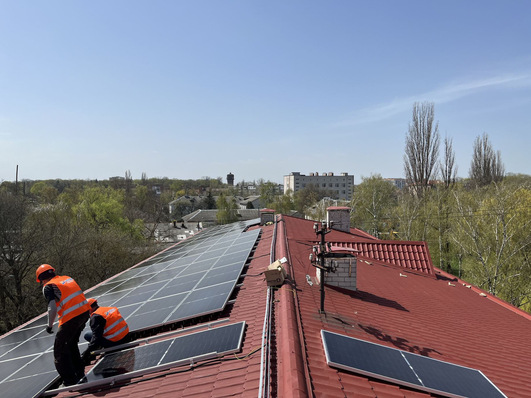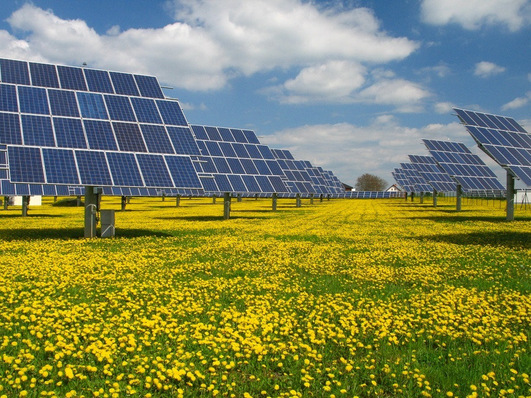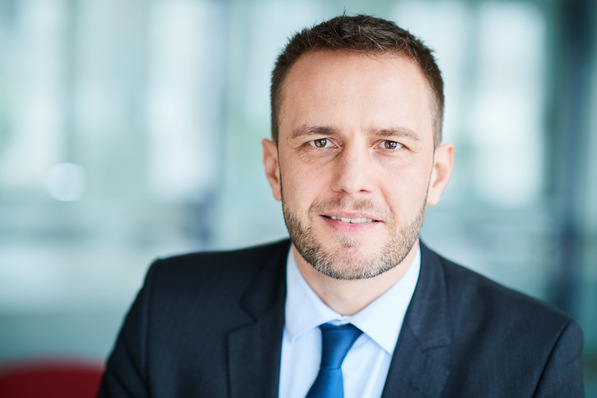Illustrated by Nigerian-Italian artist Diana Ejaita and supported by the IKEA Foundation, the campaign aims to help tackle climate change and end energy poverty, accelerating the transition to net-zero carbon emissions and universal access to clean, affordable energy. Reach for the Sun consists of a ten-step digital guide to creating a solar-powered world. It also includes an open-source communications toolkit and resources for individuals and organizations to take action.
“Now is the time to reach for the sun,” said Olafur Eliasson, Little Sun Co-Founder. “The climate crisis is here: if we are to transition to a world powered by renewable energy in the next decade, we need everyone to recognize the opportunity of solar energy. Art helps us do this; it enables us to feel the power in our hands.”
„We believe that art can create possibilities for climate action“
Conceived as a creative communications tool to convert climate change fear into hope and action, Reach for the Sun’s illustrative guide invites audiences to feel, imagine, then effect a majority solar-powered world. “Art comes from a space of freedom,” said Ejaita, whose illustrations have appeared on the cover of The New Yorker. “You have the choice to see differently.” Identifying ten simple and actionable steps for powering the world with the sun, the campaign charts a roadmap from personal to social climate advocacy, activating users to alter personal behavior, from energy use, supply, and investment to community and political engagement.
Aimed at individuals and organizations working toward the global energy transition, Reach for the Sun seeks to inspire, inform, and activate audiences to achieve a zero-carbon world by 2040. The campaign comes as part of the organization’s ongoing initiative to engage creatives in the global movement to combat climate change, explained John Heller, Little Sun CEO: „, inspiring global connectivity, promoting positive action and enhancing citizenship engagement. Little Suns work with artists helps us imagine a future that we can’t yet fathom—one where all people thrive and share the power of the sun.”
“The sun is our life force“
The organization, which works with partners to deliver renewable energy to communities in sub-Saharan Africa, is investing in its culture program, says Heller, with the goal of “shifting the public’s perspective on the climate crisis—grounding the climate conversation not in fear and despair but in hope and possibility for what we can create together.” The nonprofit is calling on creatives to join its global community of partners fighting for climate action and solar energy access. Ejaita, whose illustrations for the flagship campaign take inspiration from the visual cultures of the African diaspora, said: “The sun is our life force; it enables us to thrive. My hope is that creatives across the world will join us to tell the story of its powerful force for good.”
Although it provides only three percent of the world’s power currently, research suggests that solar can meet the majority of the world’s energy needs by 2040 and is the most powerful means of preventing runaway climate change if implemented now1. “Solar is readily accessible, versatile, and affordable,” explained Heller. “It offers the promise of a better life now, particularly for the 800 million people who live beyond the reach of the electricity grid. Lighting the world is possible—but getting there depends on all of us.”

Diana Ejaita/Little Sun
The nonprofit organization—which began in 2012 as an idea to create a small, portable solar lamp for people living without electricity—has since grown into a global impact project: Little Sun has helped provide power and light to over 3.2 million people who would not otherwise have access to it, and in 2021, is hoping to grow even further. Their work has reduced 800,000 metric tons of CO2 emissions and saved households living beyond the energy grid $150 million in energy expenses.
Encourage to reflect on our connection to the sun
Reach for the Sun, conceived and produced by Little Sun’s Head of Communications, Charlotte Webster, encourages audiences to reflect on our connection to the sun. “Humanity is grasping for solutions to the causes and consequences of climate change. Our fixation with looking for energy underground has pushed us dangerously close to a warming limit that will trigger irreversible conditions for us all,” said Webster.
“Yet all we need to do is look up. A solution is visible to us all the time, every day: the sun. The journey to a world powered by renewable energy begins with how we feel. With the help of art, we invite humanity to feel this future, imagine better, and re-orientate itself around the sun. If we reach for the sun now, we stand a very real chance of creating a thriving world for us all.”
Endorsed by IKEA Foundation and the Global Solar Council
Jeffrey Prins, Head of Renewable Energy at the IKEA Foundation, said: “Reach for the Sun is an innovative way to champion renewables for communities living in poverty and persuade the energy sector to do more. It bridges the gap between knowing something must be done and acting where it counts most.” Organizations are encouraged to share campaign resources, activating their audiences, employees, and stakeholders to accelerate the zero-carbon transition.
Reach for the Sun is endorsed by the Global Solar Council, the trade body for the world’s solar energy industry. The campaign aims to galvanize public and political engagement in the potential of solar to meet the majority of the world’s energy needs ahead of the 26th UN Climate Change Conference of the Parties (COP26), set to take place in Glasgow, Scotland in November 2021. (hcn)
Did you miss that? Solar power with broad benefits for green recovery plans and SDGs







